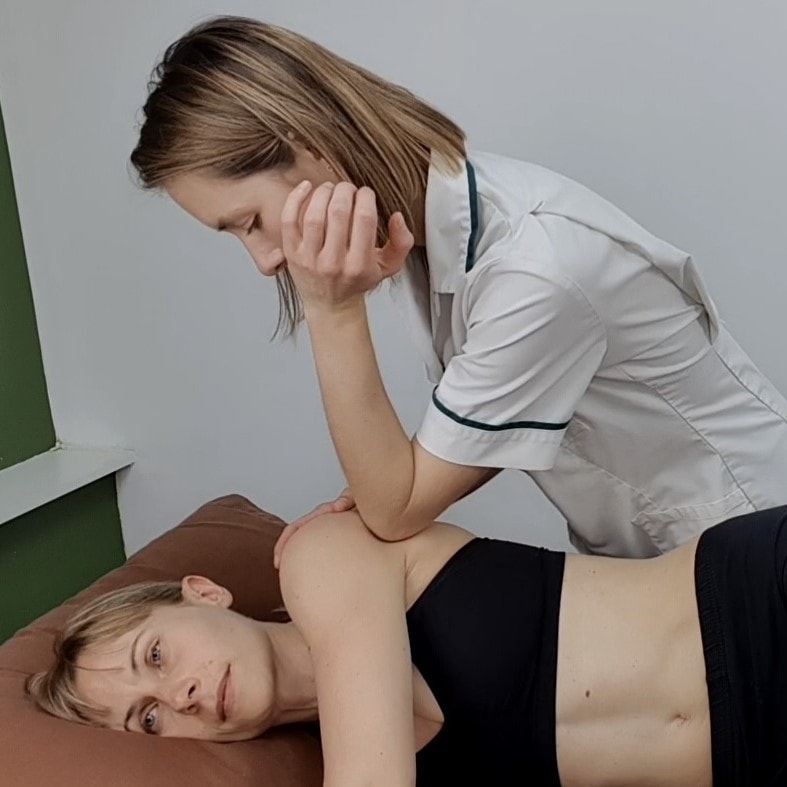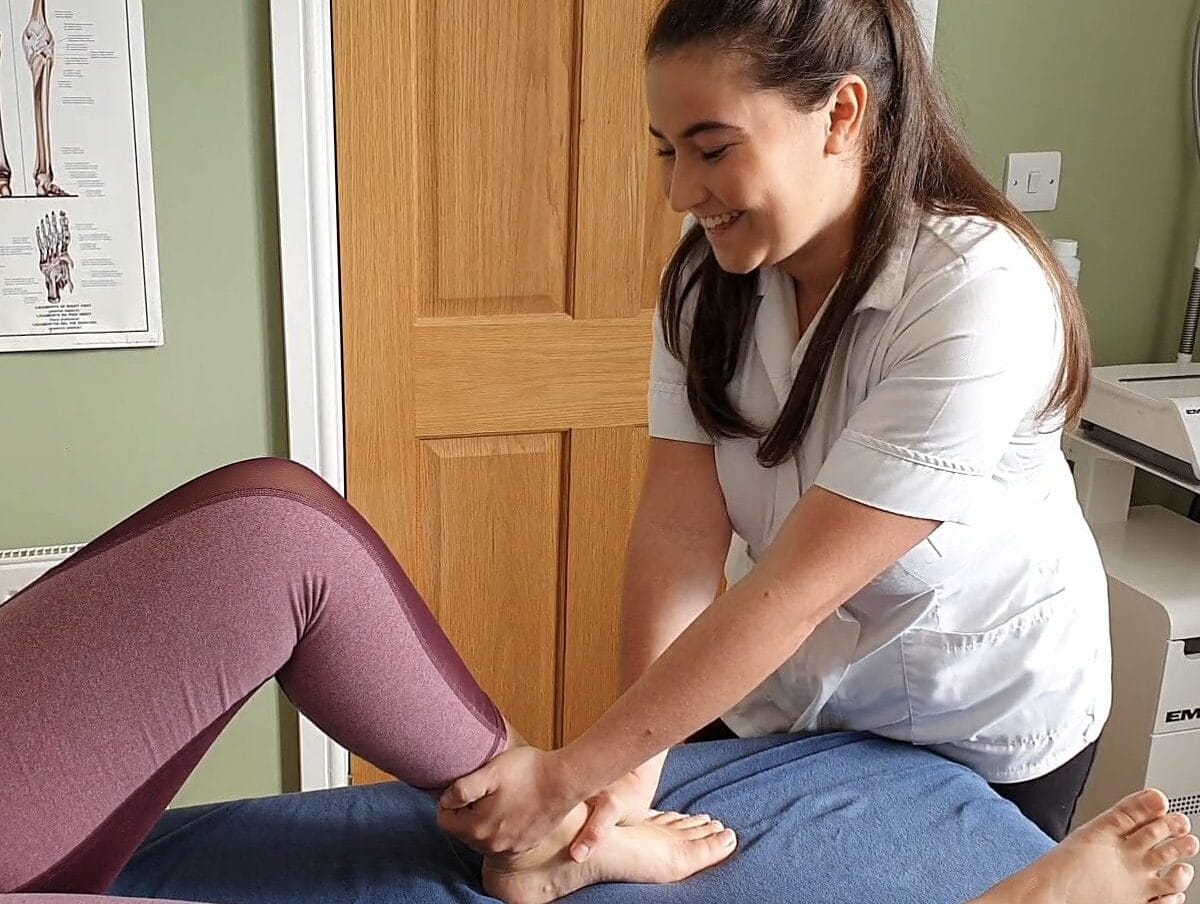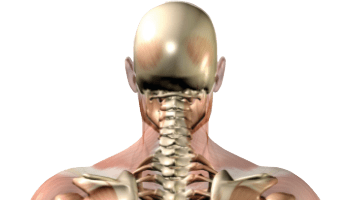Contents
Can Osteopathy Help Your Condition?
At Avenue Health, our team of highly skilled practitioners in osteopathy will create a treatment plan to suit the needs and preferences of each individual patient. This allows us to treat almost everyone, from children over 8 years old to older adults (we do not treat babies and infants). It can be very gentle, for nervous or vulnerable patients, or more robust techniques may be appropriate for sports injuries and younger adults.
Osteopathy is an effective treatment for:
- Restricted and painful back conditions
- Neck and shoulder pain discomfort
- Sciatica and other nerve problems
- Muscle and joint strain
- Frozen shoulder
- Disc problems
- Foot pain
- Arthritis
- and many more conditions.

Treatment
Osteopathy involves hands-on treatment (sometimes deep tissue) to relax tight and painful muscles, ligaments and tendons. It also involves the stretching and articulating of restricted joints, and manipulation (short quick movements that can produce a clicking sound) for freeing up locked joints. We can also use Shockwave Therapy for a number of conditions, ultrasound for inflamed ligaments and tendons, a G5 massage machine for the treatment of soft tissue injuries, and prescribe Orthotics for foot, knee, hip and back problems.
Diagnosis
Osteopathy addresses problems with the body’s bones, joints, muscles and nerves and how they affect one another. It is important that a thorough examination and diagnosis are made to identify the underlying cause of your condition.
This diagnosis is arrived at by taking a comprehensive medical case history of your complaint of how and when it started and also asking about any other health conditions you have or have had.
A physical hands-on examination is then performed which involves assessing how tight your muscles are and the range of movement of your joints and your general posture. Some medical tests may be carried out, like blood pressure and reflexes if necessary.
The osteopath’s aim is to understand the underlying causes of your condition and what led to it. This enables the osteopath to not only treat the presenting symptoms but correct the underlying causes and thereby prevent the condition from recurring. For example, knee pain is often the result of a weakness in feet, knees or hips, and pain in shoulders and arms can be a result of a trapped nerve in the neck.



Do Osteopaths Have Any Formal Training?
To become registered by the General Osteopathic Council, osteopaths need to have an Osteopathic degree. Studying for a degree in Osteopathy takes four years full-time or five years part-time. After graduating, every osteopath has to complete many hours of additional training (continual professional development) every year.

